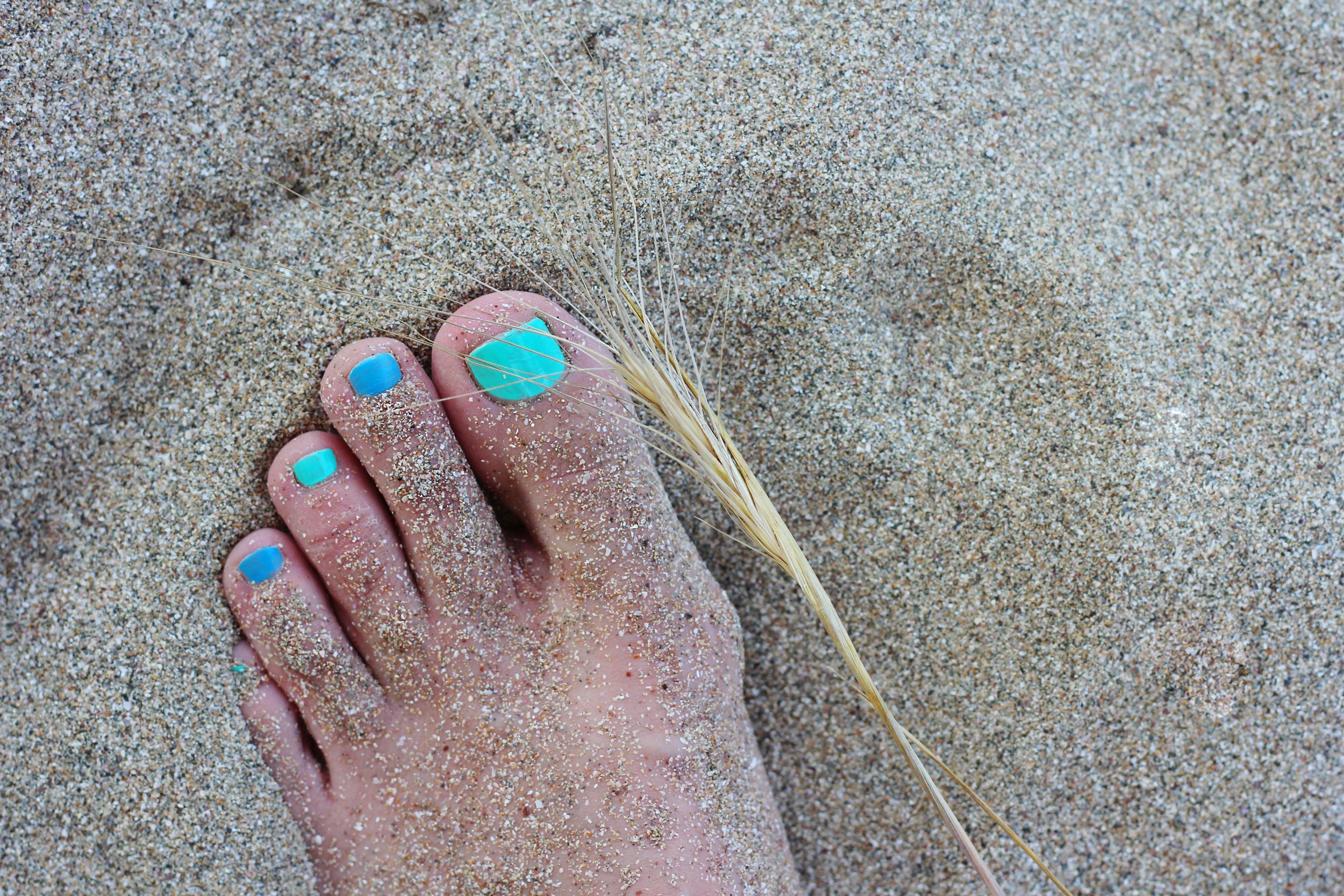Hammertoe and mallet toe are two common foot deformities that affect the toes. They both involve an abnormal bending or curling of the toe joints, but they typically affect different parts of the toe and have slightly different characteristics.
Hammertoe: Hammertoe is a deformity where one or both joints of a toe (usually the second, third, or fourth toe) bend abnormally, resembling a hammer-like shape. This condition is often caused by wearing ill-fitting shoes, such as high heels or shoes with a narrow toe box, which force the toes into a bent position over time. Genetic factors can also contribute to the development of hammertoes. Symptoms may include pain, corns or calluses forming on the top of the toe or the ball of the foot, and difficulty finding comfortable shoes to wear.
Treatment for hammertoes may include:
Footwear modification: Wearing shoes with a wider toe box and low heels can help prevent further progression of the condition.
Padding and orthotics: Padding or inserts can provide cushioning and support to the affected area, reducing pain and pressure.
Physical therapy exercises: Stretching and strengthening exercises can help improve toe flexibility and reduce discomfort.
Medications: Over-the-counter pain relievers and anti-inflammatory medications can help manage pain and inflammation.
Surgery: In more severe cases, when conservative treatments don't provide relief, surgical intervention might be considered to correct the toe alignment.
Mallet Toe: Mallet toe is a similar condition to hammertoe, but it primarily affects the joint at the tip of the toe. In mallet toe, the distal joint (the joint closest to the tip of the toe) bends downward, causing the toe to resemble a mallet. The condition is often caused by imbalanced muscle and tendon forces, and it can result from factors such as genetics, injury, or wearing poorly fitting shoes.
Treatment options for mallet toe are similar to those for hammertoe and may include:
Footwear modification: Wearing shoes with a deep toe box can help accommodate the bent joint and relieve pressure.
Padding and orthotics: Cushioning the tip of the toe can help alleviate discomfort.
Stretching exercises: Gentle stretching of the affected toe can help improve flexibility and reduce pain.
Medications: Over-the-counter pain relievers and anti-inflammatory medications can provide relief.
Surgery: Surgical correction may be recommended for more severe cases that don't respond to conservative treatments.
It's important to note that if you suspect you have hammertoe or mallet toe, it's advisable to consult a medical professional, such as a podiatrist or orthopedic surgeon. They can provide an accurate diagnosis and recommend an appropriate treatment plan based on the severity of the condition and your individual needs.
What can I do at home for self-care?
While it's important to consult a medical professional for a proper diagnosis and treatment plan, there are some home remedies and self-care measures you can try to alleviate the discomfort associated with hammertoe or mallet toe. Keep in mind that these methods may provide relief but might not fully correct the underlying structural issue. Here are some suggestions:
Footwear Modification:
Wear shoes with a wide toe box to give your toes more space and reduce pressure.
Choose shoes with low heels or no heels to minimize strain on the toes.
Avoid tight, narrow, or pointy shoes that can exacerbate the condition.
Toe Stretching and Exercises:
Gently stretch your toes using your hands to manually straighten them. Hold the stretch for a few seconds and repeat several times a day.
Place small objects (like marbles) on the floor and pick them up with your toes to improve toe flexibility and strength.
Use your fingers to massage and stretch the affected toes.
Padding and Splinting:
Use adhesive padding or moleskin to cushion the tops of your toes and prevent friction or rubbing against your shoes.
Toe splints or orthotic devices available over-the-counter can help hold your toes in a more neutral position while you sleep or during the day.
Foot Soaking:
Soak your feet in warm water to help relieve pain and soften any corns or calluses that may have formed.
Corn and Callus Care:
Gently file or use a pumice stone to smooth down any corns or calluses that develop on your toes or the ball of your foot.
Over-the-Counter Medications:
Non-prescription pain relievers like ibuprofen or acetaminophen can help manage pain and inflammation.
Foot Exercises:
Perform simple foot exercises to strengthen the muscles and improve overall foot health, which can indirectly help with toe deformities.
Remember that these self-care measures are aimed at managing symptoms and preventing further discomfort, but they may not correct the structural issue causing the hammertoe or mallet toe. If your condition is causing significant pain, worsening, or not responding to home remedies, it's recommended to consult a medical professional for a proper evaluation and personalized treatment recommendations. In some cases, surgery might be necessary to address the underlying problem and provide lasting relief.

